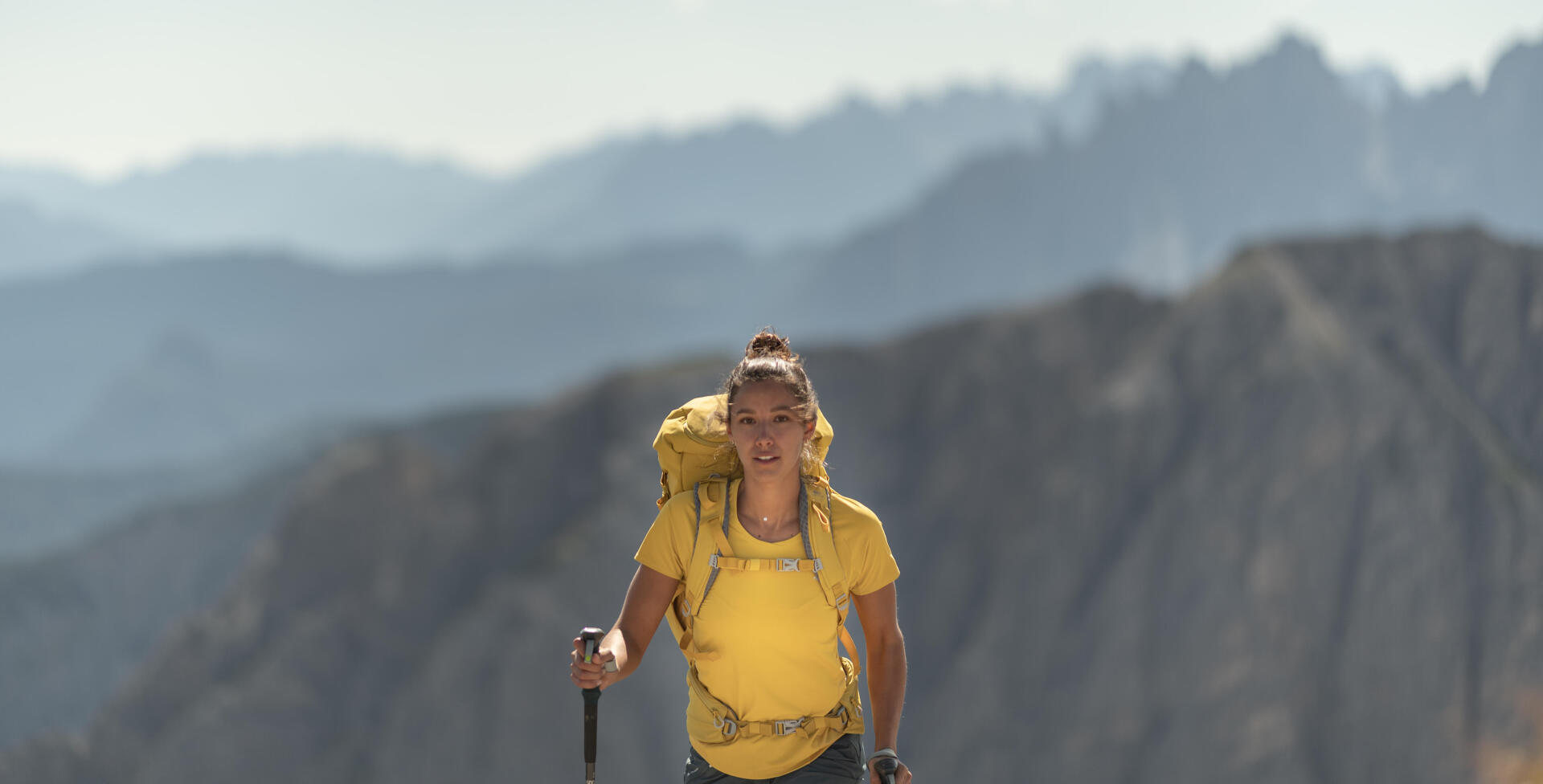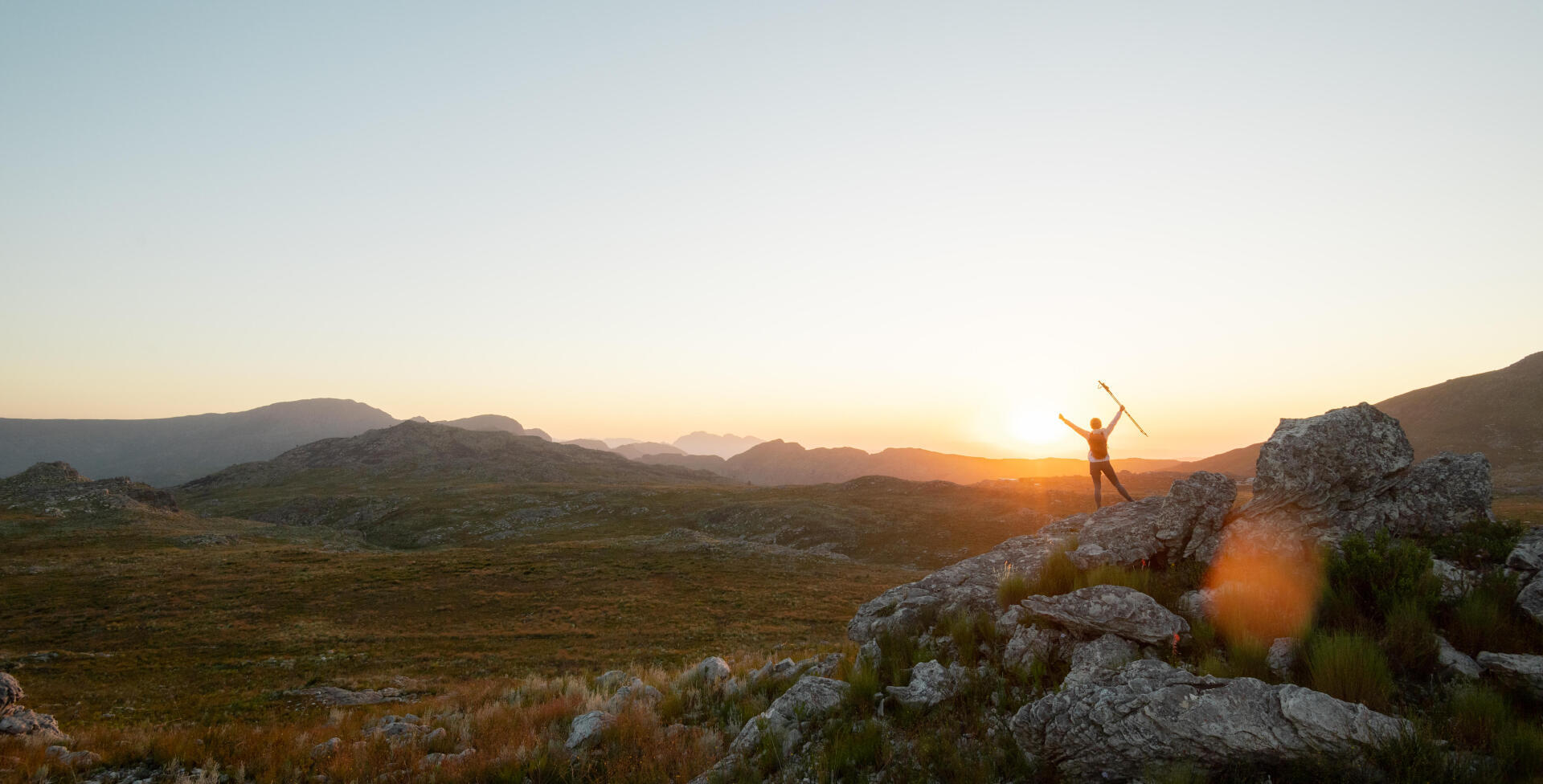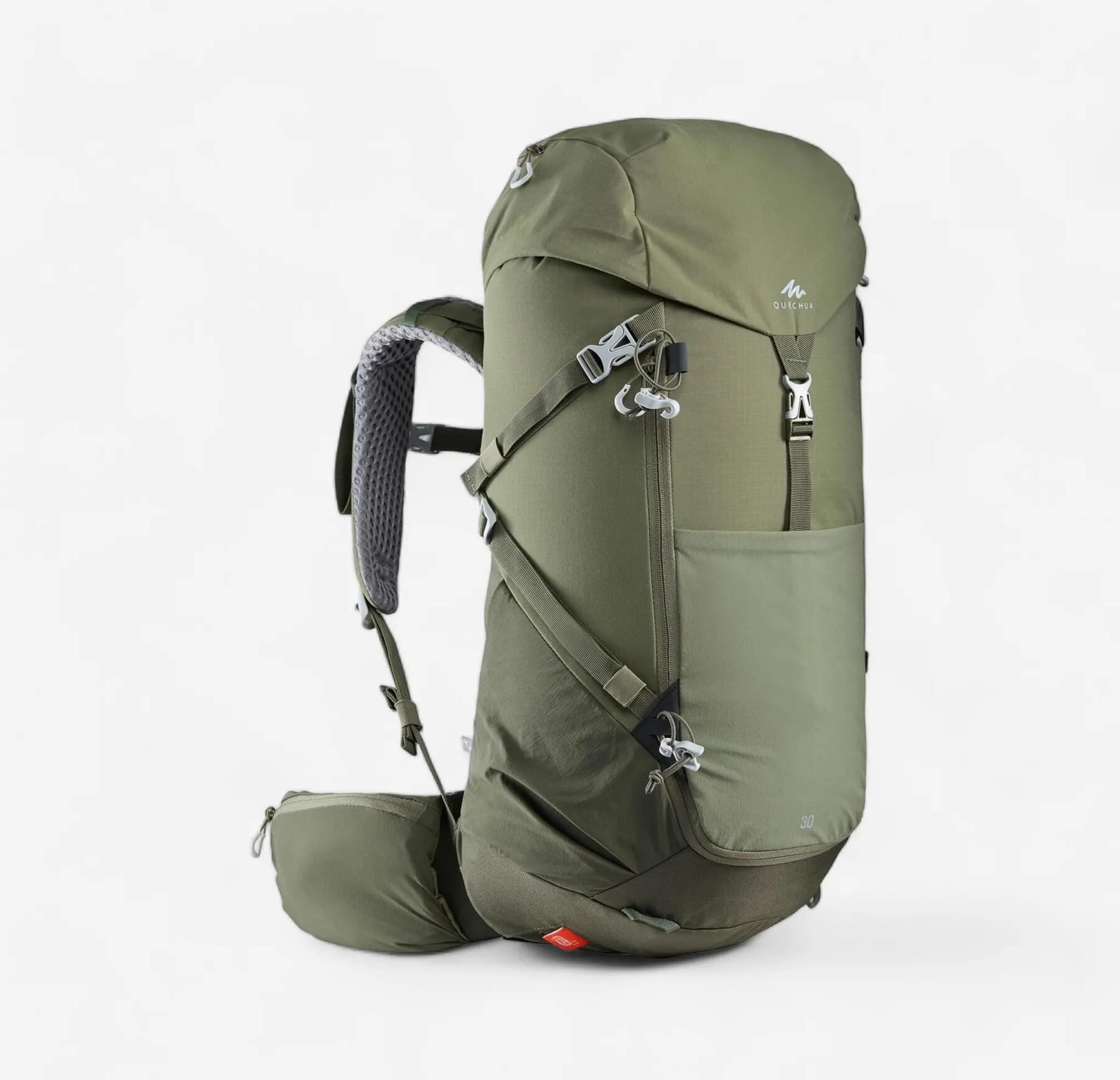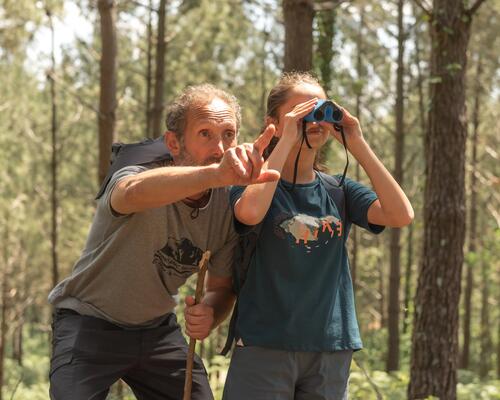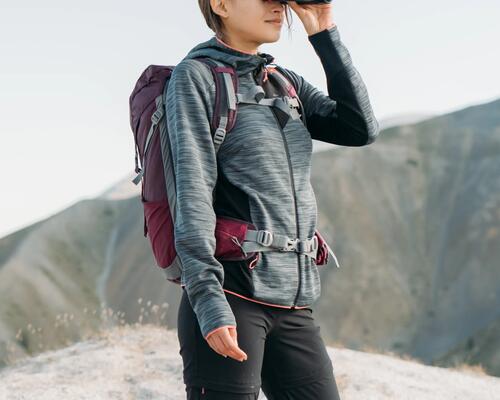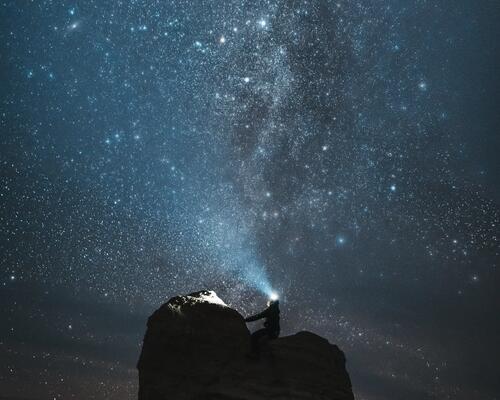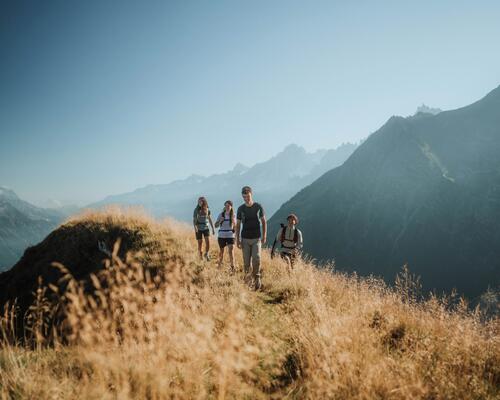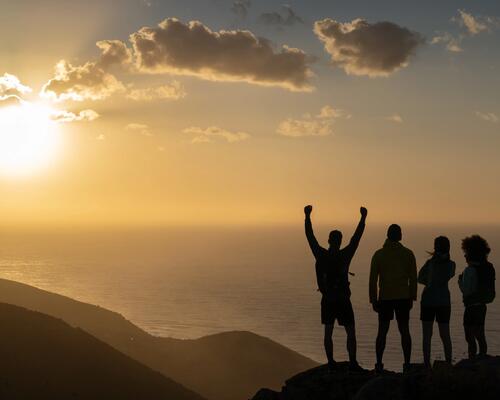Animals, the photographer's friend
Animals can often be spotted in the wild but how do you photograph them properly?
"Undoubtedly, the easiest animal to photograph in the mountains is the ibex. You could even say that it's the photographer's friend! They can be spotted almost everywhere and you sometimes have the feeling that they are deliberately posing for a photo.
The chamois is more difficult to photograph. It is a much more private animal. Encountering a chamois is a particularly special, albeit brief, encounter because it is such a shy animal. If you want to take a photo of a similarly wild animal, you can try a blind, like the ones used by hunters. But hiding, setting up one's equipment and waiting takes a lot of time and commitment.
A marmot leaving its burrow in the morning can produce an interesting shot. To capture this, you can set up your equipment early in the morning, close to a hole that you've previously identified, and then wait for the animal to wake up.It's worth noting that it is easier to photograph animals in national parks and nature reserves. They are protected in these areas which means they are less afraid of human beings.
In the forest, depending on the time of day, you'll encounter squirrels, deer, stags, wild boar, badgers and foxes etc. On the coast, you'll find no shortage of birds, depending on the season and migration patterns."



